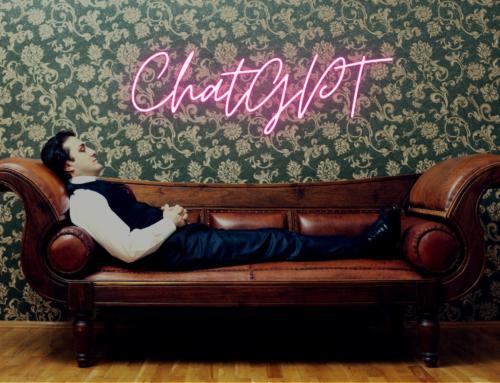Entrepreneurship is a journey, and it seems like it will be a lifelong one for me. The ride is filled with adventure, obstacles, and destinations that surprise.
In the spring of this year, I decided to return to one of my passions: writing about my learnings as a CEO.
This year marks the end of my second decade as an entrepreneur. Since the late ’90s, I have co-founded and led three companies. I am now at the helm of a fourth startup.
Entrepreneurship is a journey, and it seems like it will be a lifelong one for me. The ride is filled with adventure, obstacles, and destinations that surprise.
If you have the opportunity to hold the title of CEO as I have, you’ll find it full of learning, frustration, joy, and opportunities to grow personally and professionally.
But, it is not for the faint of heart.
It’s a journey — within a journey — unto itself.
At times, the ride could feel like your Santa Claus delivering presents from the North Pole to every child in the world in one night.
That ride is what I love to write about.
In 2019 we explored some of the stops that all CEOs experience along this trip.
(Below, you’ll find about a dozen links that take you directly to our top, most read articles this year.)
In one of the first stops, I discussed what it feels like to be a first-time CEO and offer advice to get you laser-focused. I shared stories from the fundraising trail, including tips on how to find the right investor — especially when you’re an underdog. On that fundraising trail, I learned the importance of developing my storytelling abilities.
Later, through our first interview, we introduced a story framework used by some of the best companies in Silicon Valley — the strategic narrative. In the Q&A, Andy Raskin, founder of a strategic messaging consultancy, says, “instead of talking about your stuff, talk about the change [in the world] that makes your stuff so valuable [now].”
Once the venture capital is in the bank, and you have a new financial partner to run your company, things begin to change. Your company starts to move at a faster pace. The number of decisions you make increases and your inexperience starts to show. It may spark a microbrew of emotions, including depression, anxiety, and low self-esteem. I revealed my own story dealing with the phenomenon, known as Impostor Syndrome.
As you regain your confidence, you start to focus on hiring smart, experienced people to complement your skills. But how does one do this? It’s a common question that CEOs face when looking to architect their management teams. The problem, “should I hire specialists or generalists?” is one that often paralyzes first-timers. I offer a fresh perspective — inspired by David Epstein’s best-seller Range — on this recurring problem.
(That article has over 1,500 reads logged so far.)
Books like Range are an escape for me. They offer a reprieve from the “school of hard knocks” training we CEOs endure every day. I try to read as much as I can — I have a goal of one book a week — and share insights wherever possible. This year I spent months reading about how to make better decisions. The reason being, if I have learned one thing in twenty years, it is that we will make mistakes. I have made many painful ones. And, in that pain is where the learning happens. This year, I wrote a personal account of some of my errors in judgment and how I go about learning from them.
One of those mistakes — that is not our fault — is losing touch with our teams. We can become so busy and so removed from the day-to-day of our ventures. It is especially true as your company scales — and you hire senior management. Many years ago, I learned a technique that has been vital to me even to this day. It started with a summer internship and evolved to random walks — a permanent part of my playbook. I enjoyed writing it so much; I turned it into a multi-part series on culture called “Tribe Vibes.”
Those random walks can also help you recover when sh*t happens. The word resilience is part of the vernacular of every startup. But, what if we could go beyond resilience?
That is what I spent the summer of last year exploring. The outcome was a mini-series published in the fall — called Antifragile — for building better teams that go beyond resilience. As Nassim Taleb, my inspiration, puts it in his book by the same name, “Antifragility is beyond resilience or robustness. The resilient resists shocks and stays the same; the antifragile gets better.”
Speaking of antifragility, sometimes you can surprise yourself by how ballsy you can be as a CEO. Sometimes, to avoid pain, you might do things you never imagined. In my case, I did it to protect my product-market fit. I made a bold move once. It involved a bottle of ketchup. I was surprised how effective it was, and you will too.
And, just as I thought things were going so bad, I should fire myself — I did (almost) once — I was invited to visit with the POTUS.



